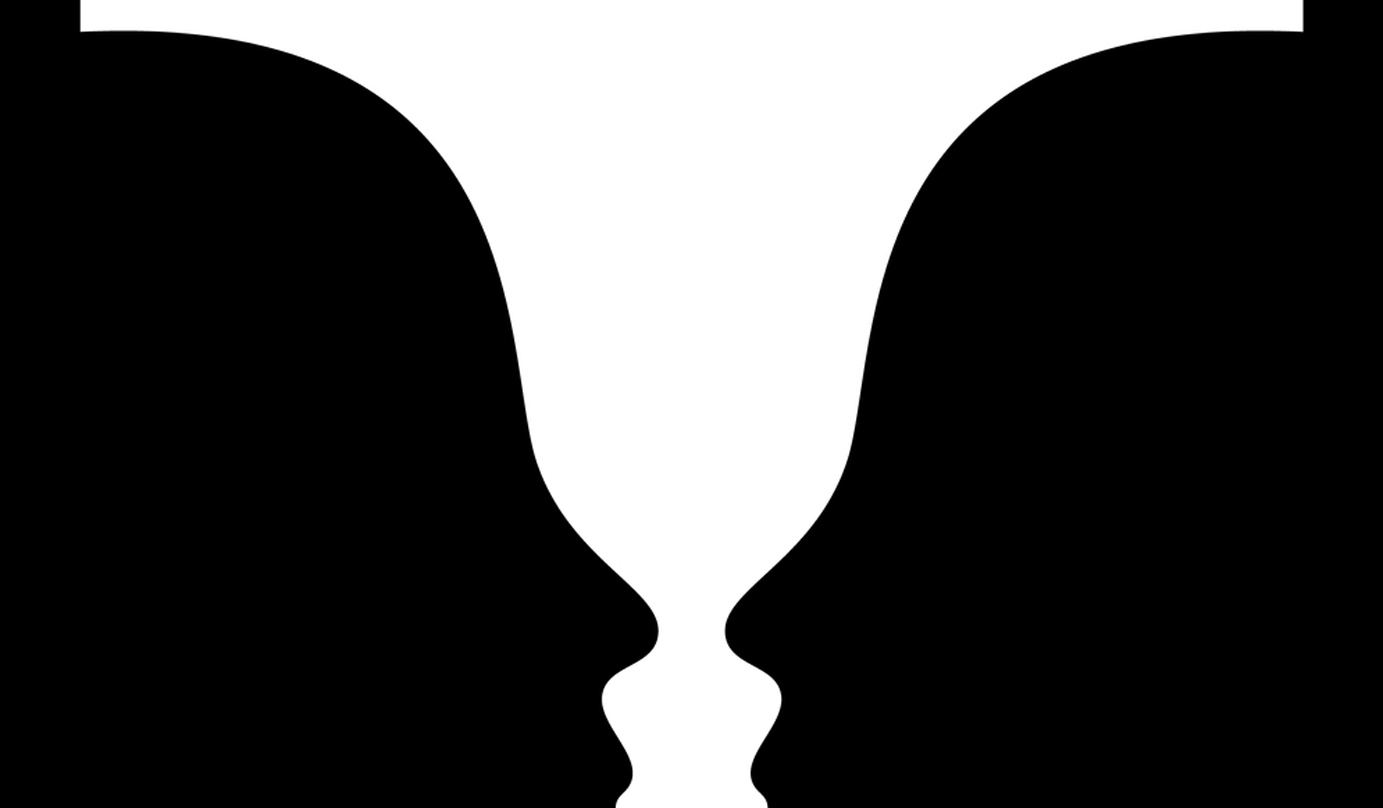
The world is full of things that often befuddle us. There are things all around that make us ask; can that really be real? Nowhere is this more visible than in the world of illusion and magic. Although we can't prove the existence of fairies or witches, there are some forms of magic that exist that might just really have you puzzled.

One of these is an optical illusion. An optical illusion occurs when you see something that is not really there, or something that is not as it appears. An illusion misleads you into thinking one way, when the reality is something different.

According to science there are three main types of optical illusions. We have physical illusions that occur due to the environment. One example of a physical illusion is when a straight object appears to be bent when placed in water. Another example is when we see things in our peripheral vision that aren't what they seem. Scientists have found that our brains often fill in what's really there.

A physiological illusion, such as afterimages that occur after staring at bright lights, are thought to be caused by too much stimulation.

The third type is a cognitive illusion where we make inferences based on assumptions of the world around us. One example of this is an ambiguous picture.

Take a look at the picture below. What do you see? Some people may look at the picture and claim to see a vase. Others might state that the picture shows two faces. So which is it; vase or faces? This picture is a famous example of a simple optical illusion. The artist's illustration can be perceived in different ways by different people.

Some of the most famous optical illusions are fascinating because they play on our cognitive perceptions. They often disorientate us and leave us stumped as to what exactly we're looking at. Take a step back from the screen again and look at the famous illusion below, known as the Café Wall illusion.

Are the horizontal lines straight or sloped? It's a trick question. The lines are perfectly straight and all parallel, but because of the way the colours are used and placed, the human eye often misinterprets the image.

Richard Gregory discovered this illusion in 1973, after he was inspired by the tiles at a local coffee shop in his neighbourhood. The illusion only works if the tiles all have a border. In this case, the borders are light grey in colour. Interestingly, without the border, the illusion ceases to exist.

The Muller-Lyer illusion is an illusion that shows two lines with arrows placed on the ends of each line. One set of arrows points outwards while the second set points inwards. Are the lines the same length to your eyes? Although the lower line looks longer, the two lines are the same length. If you don't believe me, you can measure the lines yourself.

Optical illusions are not just images, or environmental distortions. Sometimes artists create illusions that are impossible to achieve in real life.

M.C. Escher was a Dutch artist who drew impossible images and invented the impossible cube. When you look at this 2D drawing the image looks 3D but upon closer inspection the object makes no sense. This is an example of a paradox illusion where the object shown is not possible in real life.

Escher's work was often inspired by mathematics so you'll find symmetry, precision, and repeated patterns in his work. You will also find a lot of paradox illusions in his work, like the Penrose stairs that he used in one of his illustrations.

The stairs look like they're going up and down at the same time. This scintillating illusion still boggles the mind decades after it was discovered. No matter how often you look at it, the illusion it looks as though you would keep climbing without going anywhere. Escher used these stairs in one of his famous paintings which is similar to the image below.

Optical illusions are fascinating and there are many of them out there and perhaps even more waiting to be discovered.